The Queen of the Fairies
CANTHARIDIA
2010
by Eric Whollem
COPYRIGHT BY THE ARTIST
My muse dwells eternally in the realm of Imagination.
From the vantage of the earthly plane she seems to dwell on
the Isle of Cantharidia, where she reigns as Queen of the Fairies.
I first discovered the word 'cantharidian' in the poetry of Bobbie
Burns, the Scottish poet. In my early years, back when I was in
my twenties, I developed literary ideas around the term, which
relates to a type of beetle. My Muse I referred to as Madge, a
Scottish maiden, whose namesake is found in the arts of
Imagination.
MADGE PLANTS A TREE IN CANTHARIDIA
Among my early acrylic paintings is the work entitled, 'Madge
Plants a Tree in Cantharidia.' See this work and more about
Madge on this link:
The Queen of the Fairies
CANTHARIDIA
2010
by Eric Whollem
COPYRIGHT BY THE ARTIST
A Map of Cantharidia
WITH A LOOK AT THE GENRE OF SCOTTISH ISLAND STAMPS
One cannot find the Isle of Cantharidia on a map of the
real world. There actually exists a genre of stamps referred to
as Scottish Locals, among which are the stamps of Pabay, an
island that is said to have been authorized by the crown of England
to issue 'carriage labels,' or stamps for a private postal delivery
system. Originally the mail of Pabay was delivered by a small
boat to the Island of Skye, as a small group of artisans in a
community on the island required regular postal service for their
pottery and knitting business.
A host of other Scottish islands have produced stamps, the
status of which I am not expert enough to determine, having
only perused the subject for a day or two before writing this
blog post. The names of Bernera, Flannan, Inchmarnock,
St. Kilda, Taransay, Eynhallow, Staffa, Roma, Summer Isles,
Strova, Davaar and Easdale Island appear online.
It could be that many of these stamps are faux postage issues,
which never have served any actual postal function. My own
fantasy Scottish island of Cantharidia, of course, is not an actual
Scottish island, but a literary fiction.
The Queen of the Fairies
CANTHARIDIA
2010
by Eric Whollem
COPYRIGHT BY THE ARTIST
THE STAMPS OF CANTHARIDIA
The stamps of Cantharidia could thus be considered as fantasy
Scottish stamps. One might call the stamps of Cantharidia 'Scottish
phantoms.' But they are in not by any means to be confused with those
'local posts' that may have been mandated by the British government.
The islands of Hern and Lundy are two of the most well known British
local posts.
A 'phantom' is a stamp from a fantasy land. I began creating my Cantharidian
stamps only this year, not knowing until only very recently that a large
number of real Scottish islands, some purportedly unpopulated, have
stamp issues bearing their names.
Cantharidia is a bit different. It, for one, is an 'independent kingdom,'
which is governed by fairy royalty and populated entirely by literary
figures from my imagination. The stamps of Cantharidia are 'Artist
Stamps' or 'Artistamps.'
The Queen of the Fairies
CANTHARIDIA
2010
by Eric Whollem
COPYRIGHT BY THE ARTIST
MY SCOTTISH AND NORWEGIAN ANCESTRY
My mother always used to remind me when I was a boy that
'you are Scottish.' But I also have Norwegian blood, my mother
having named me, thinking of Lief Erikson, the Viking explorer.
Many of my ceramic sculptures have been of dragon boats that
recall in a degree the boats of the Vikings. Some of my figurines
in clay recall Viking chess pieces. But my sculptures incorporate
a broad range of influences--from Celtic to ancient Greek to
Mesoamerican.
Several years ago I wrote a monograph entitled, 'The Voyages
of St. Brendan,' in which I explored the topic of the Norse discovery
of the New World and how they utilized Irish seamen as scouts
aboard their expeditions. It is no secret today that the Irish had
colonies in America long before Lief Erikson's visit. The remains
of Irish colonial sites are numerous in New England. See Barry
Fell's book, 'America, B.C.'
The Voyages of St. Brendan
2006
by Eric Whollem
illustrated cover
PHOTO COPYRIGHT BY THE ARTIST
CLICK ON IMAGE TO ENLARGE
THE HEBRIDES AND THE APPLE ISLANDS
Many of the islands off the coast of Scotland are populated by
folk of Norse ancestry, who have intermarried with the Scots
who were composed originally of Irish Gaelic, Belgic, and Pictish
stock. The Hebrides are known today for retaining the Gaelic
language of old.
The Hebrides are named after the Hesperides from ancient Greek
legend. The Hesperides were conceived of as 'Apple Islands.' The
apple appears in Celtic lore as a symbol of the soul. Mananaan
McLer, the son of the Sea King from Irish lore, drove his chariot
across the sea, entwined with silver apples. The island of Avalon,
from Arthurian Romance, means 'Apple Island.'
THE LANGELEIK
I play a Norwegian folk instrument, called the langeleik. This
instrument has a version popular in the Appalachian Mountains,
where it is called the Mountain Dulcimer. This is a type of zither
that often has the shape of a boat. Scandinavian immigrants
brought it to America long before the guitar took hold as the
leading popular musical instrument, having been introduced
orginally through the Spanish colony in St. Augustine, Florida,
from whence it was taken up by the colonists from Britain and
Ireland in the American colonies to the north.
The dulcimer is quite good for interpreting Scottish music, as
it readily can be tuned to the Mixolydian Mode, which is favored
by the Scots.
The Royal Post Office of Cantharidia
The Queen of the Fairies
2010
The Queen of the Fairies
CANTHARIDIA
2010
by Eric Whollem
COPYRIGHT BY THE ARTIST
The Queen of the Fairies
CANTHARIDIA
2010
by Eric Whollem
COPYRIGHT BY THE ARTIST
The Queen of the Fairies
CANTHARIDIA
2010
by Eric Whollem
COPYRIGHT BY THE ARTIST
The Queen of the Fairies
CANTHARIDIA
2010
by Eric Whollem
COPYRIGHT BY THE ARTIST
____________________
Readers interested in my GALLERY of ABSTRACT PAINTINGS should check out this link:
http://artblogericwhollem.blogspot.com/search/label/abstract%20paintings
BELOW IS A VIDEO
THAT PRESENTS SELECTIONS OF
MY STAMPS FROM
CANTHARIDIA
Video by Eric Whollem
BELOW IS A VIDEO
THAT PRESENTS SELECTIONS OF
MY STAMPS FROM
CANTHARIDIA
See more stamps from CANTHARIDIA on this link:
This link will take you to my posts on FAIRIES:
See my CERAMIC SCULPTURES on this link:
BELOW ARE IMAGES OF MORE
STAMPS FROM
CANTHARIDIA
The Selkie
2010
by Eric Whollem
COPYRIGHT BY THE ARTIST
Penny Post
2010
by Eric Whollem
COPYRIGHT BY THE ARTIST
Aphrodite's Emergence
2010
by Eric Whollem
COPYRIGHT BY THE ARTIST
Penny Post
2010
by Eric Whollem
COPYRIGHT BY THE ARTIST
Penny Post
2010
by Eric Whollem
COPYRIGHT BY THE ARTIST
The Allegory of the Orange
2010
by Eric Whollem
COPYRIGHT BY THE ARTIST
Protecting Our Pollinators
2010
by Eric Whollem
COPYRIGHT BY THE ARTIST
Love of Night
2010
by Eric Whollem
COPYRIGHT BY THE ARTIST
Grove of the Naiad
2010
by Eric Whollem
COPYRIGHT BY THE ARTIST
The Whale Women
2010
by Eric Whollem
COPYRIGHT BY THE ARTIST
The Whale Women
2010
by Eric Whollem
COPYRIGHT BY THE ARTIST
The Fay of the Arroyo
2011
by Eric Whollem
COPYRIGHT BY THE ARTIST
*
ARTIST STAMPS
Artistamps, cinderella stamps, cyberstamps,
fantasy stamps, faux postage,
mail art, micronation stamps, virtual stamps.
Digital art.
*
















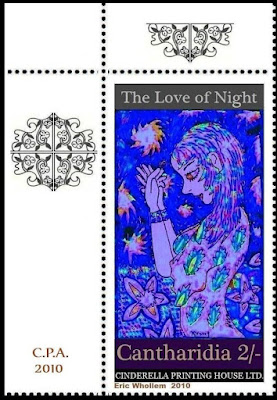



















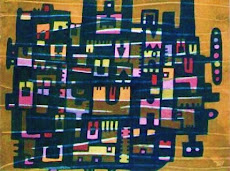


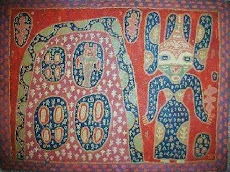






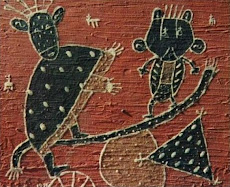


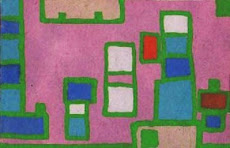




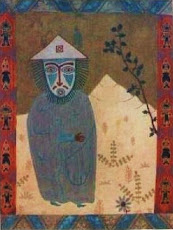



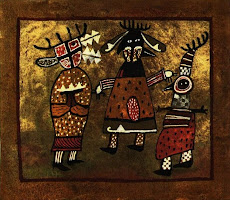






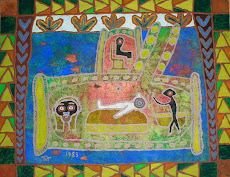




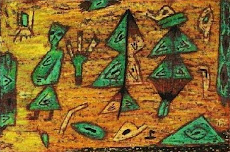
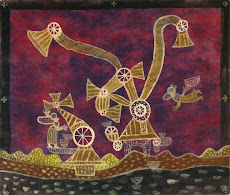






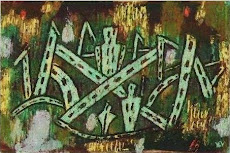
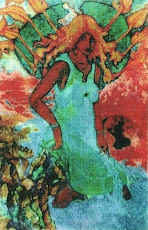

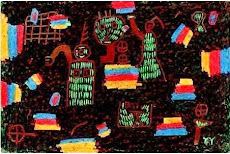
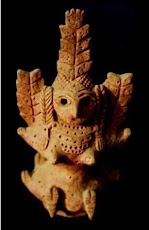
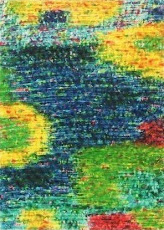




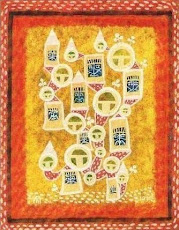
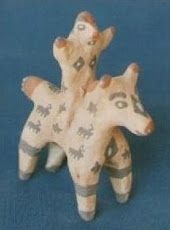
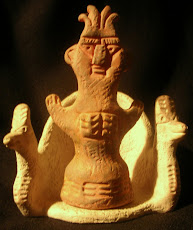
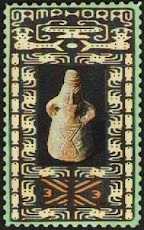
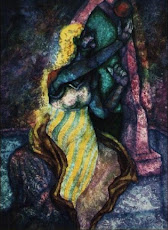
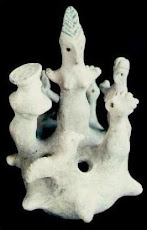

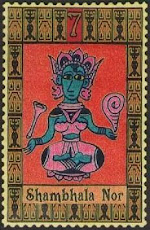

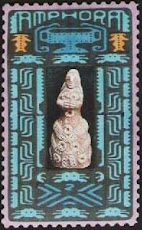
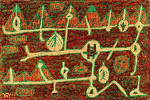

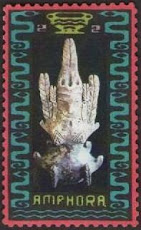



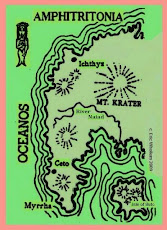
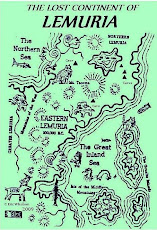
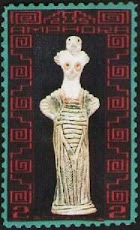



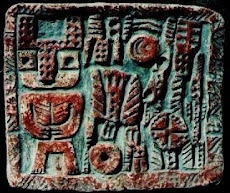

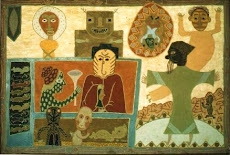





No comments:
Post a Comment
Inquiries, reactions, observations, favorites, commentary. Share with others.